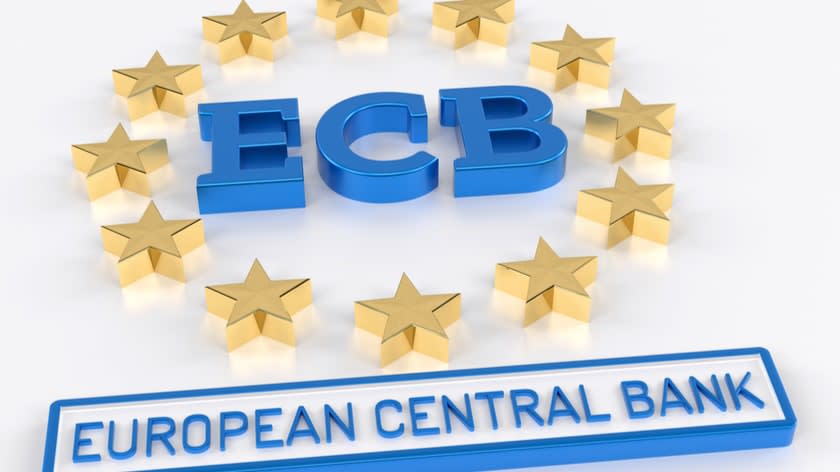ECB removes stimulus despite weaker economy

While hard economic data for March still is scarce, high frequency and sentiment indicators are abundant – and all have plummeted. Further rises in inflation(-expectations) have strengthened the ECB’s conviction to remove policy accommodation soon. We have moved forward our expectation for the first rate hike.
Eurostat has not yet published hard economic data for the period after Russia’s invasion in Ukraine, however as we indicated in this month’s Global View, there is some perceptible impact in high frequency truck mileage data of the hit to industry. This is corroborated by PMIs for April, which showed manufacturing staging another fall. The component gauging manufacturing output is now consistent with stagnation (see graph below). Also, the new export orders component of the manufacturing PMI dropped to below the 50 boom-bust level in April, indicating further weakness in activity lies ahead. In contrast, the services sector has been much more resilient in March-April, as it is benefiting from post-COVID rebounds in leisure and holiday-related services. However, expectations in services dropped in March-April, indicating that growth will ease in the months ahead. Finally, a period of weaker growth was already signalled by the ECB’s Bank Lending Survey, which showed that banks tightened lending standard on loans to companies in Q1, and plan to tighten them much more in Q2. All in all, the eurozone economy is expected to grow only a bit above the trend rate this year, despite a post-COVID rebound in certain parts of services. We expect GDP growth to be weak in Q1 (when there were still restrictions related to COVID) and to pick up to somewhat above the trend rate (i.e. 0.5-0.6% qoq) during the rest of this year. Next year, slower global growth and less accommodative ECB policy should reduce growth to slightly below the trend rate (around 0.3-0.4% qoq). This implies that underlying, domestically-driven inflationary pressures should remain contained.
Inflation rose further in March (to 7.4%, up from 5.9% in February). The rise continued to be driven by energy and food prices (see graph below). Moreover, core inflation was lifted by the post-COVID normalisation of holiday and leisure prices, and the pass-through of high energy inflation into transport services. Finally, supply chain disruptions have raised the prices of industrial goods. Inflation is expected to remain elevated for a considerable time, but it should drop lower next year as the impact of past rises in energy prices dissipates. We expect it to be close to the ECB’s 2% target by the end of 2023.
The ECB has become more worried about inflation expectations, with the hawkish shift in the Governing Council becoming more extreme. We have brought forward our expectations for the first ECB rate hike from December to September, and now expect a 25bp move in both September and December (previously, we expected the ECB to hike in smaller steps of 10bp). After the deposit rate reaches zero at the end of this year, we expect policy rates to subsequently remain on hold for a period. This reflects that we expect economic growth will likely be sub-trend during 2023. Moreover, headline inflation will likely fall sharply early in 2023, which should also bring down inflation expectations. Wage growth will not be a threat to the ECB’s inflation goal, especially against the background of weak economic activity.

